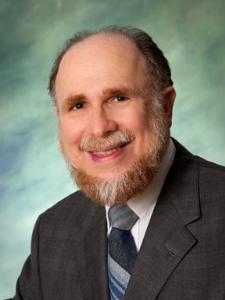
David G. answered • 03/20/20
Patient, Effective math/statistics tutor
First use Pr[E’ ∩ F’]=4/15 and DeMorgan's Law that E’ ∩ F' = (E ∪ F)' to conclude that Pr[ (E ∪ F)' ] = 4/15.
So Pr[E ∪ F] = 11/15.
We also know that Pr[E ∪ F] = Pr[E] + Pr[F] - Pr[E ∩ F].
Since we are given Pr[E] = 1/2, if we can find an expression for Pr[E ∩ F] in terms of Pr[F], our only unknown will be Pr[F].
And we can find this, since Pr[E | F] = 2/5 and by definition of conditional probability,
P[E | F] = Pr[E ∩ F] / P[F],
so we know 2/5 = Pr[E ∩ F] / Pr[F]
and then, multiplying both sides of by P[F], gives
2/5 P[F] = Pr[E ∩ F]
Now to find Pr[F], we can substitute into Pr[E ∪ F] = Pr[E] + Pr[F] - Pr[E ∩ F].
Substituting, we have
11/15 = 1/2 + Pr[F] - 2/5 Pr[F]
11/15 = 1/2 + 3/5 Pr[F]
To clear fractions, multiply both sides by 30 to get
22 = 15 + 18 Pr[F]
7 = 18 Pr[F]
7/18 = Pr[F]
Finally, to find Pr[E ∩ F], we substitute back into
2/5 P[F] = Pr[E ∩ F] to get
2/5 * 7/18 = Pr[E ∩ F]
which becomes
7/45 = Pr[E ∩ F]




